A gentleman's profession? The women fighting for gender equality in publishing
Nearly 40 years ago a campaign group was formed to push for equality in the publishing industry. This week, with enduring gender pay gaps in the news, their interviews are made available online
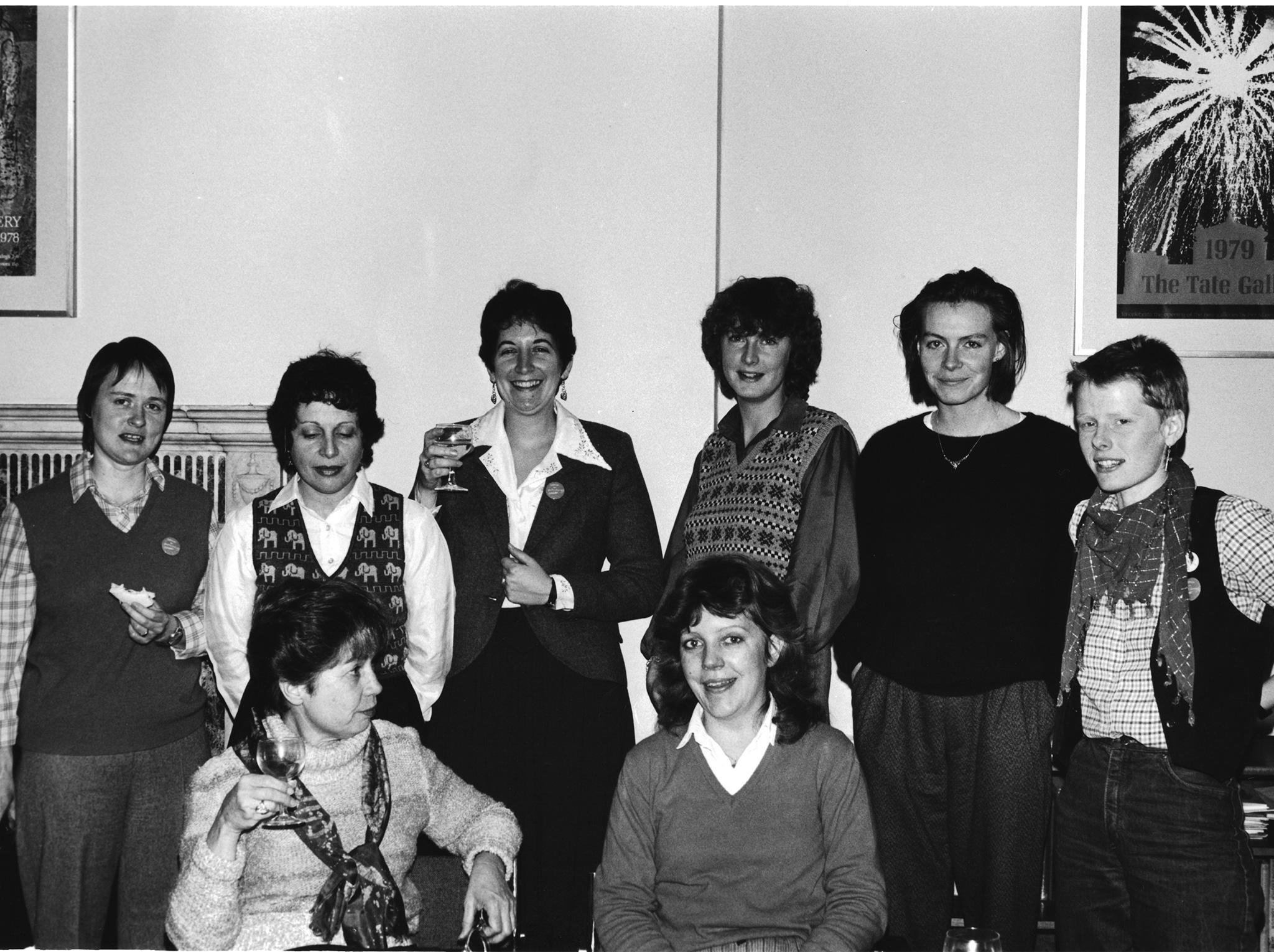
Your support helps us to tell the story
From reproductive rights to climate change to Big Tech, The Independent is on the ground when the story is developing. Whether it's investigating the financials of Elon Musk's pro-Trump PAC or producing our latest documentary, 'The A Word', which shines a light on the American women fighting for reproductive rights, we know how important it is to parse out the facts from the messaging.
At such a critical moment in US history, we need reporters on the ground. Your donation allows us to keep sending journalists to speak to both sides of the story.
The Independent is trusted by Americans across the entire political spectrum. And unlike many other quality news outlets, we choose not to lock Americans out of our reporting and analysis with paywalls. We believe quality journalism should be available to everyone, paid for by those who can afford it.
Your support makes all the difference.Nineteen publishing companies were among the organisations who last week revealed details of the disparity in pay between their male and female staff.
Despite a female-dominated workforce (almost two-thirds), the mean industry pay gap report made for stark reading.
Penguin Random House (PRH): 16.4 per cent. Bloomsbury: 23.3 per cent. Leading trade publishing group Hachette UK: 29.7 per cent.
Trade magazine The Bookseller today published a response which rightly stressed the limitations of the data: when considering the median, rather than mean average pay gap, the numbers vary drastically. As deputy editor Benedicte Page writes: “Detail and nuance is in short supply.”
“But what is plain,” she continues, “is a broad industry pattern which consistently sees a concentration of men in the highest-paid quartile, and men given disproportionate share of the most senior, well-rewarded roles, and the bulk of the pay gaps firmly in their favour.”
How, in such a female-friendly industry, can this be the case? Almost 40 years ago, the activist group Women in Publishing (WiP) sought to answer that very question.
Founded in 1979, riding on the second wave of feminism, WiP challenged discrimination in the industry, and campaigned for equal pay, provision for childcare and women in senior posts.
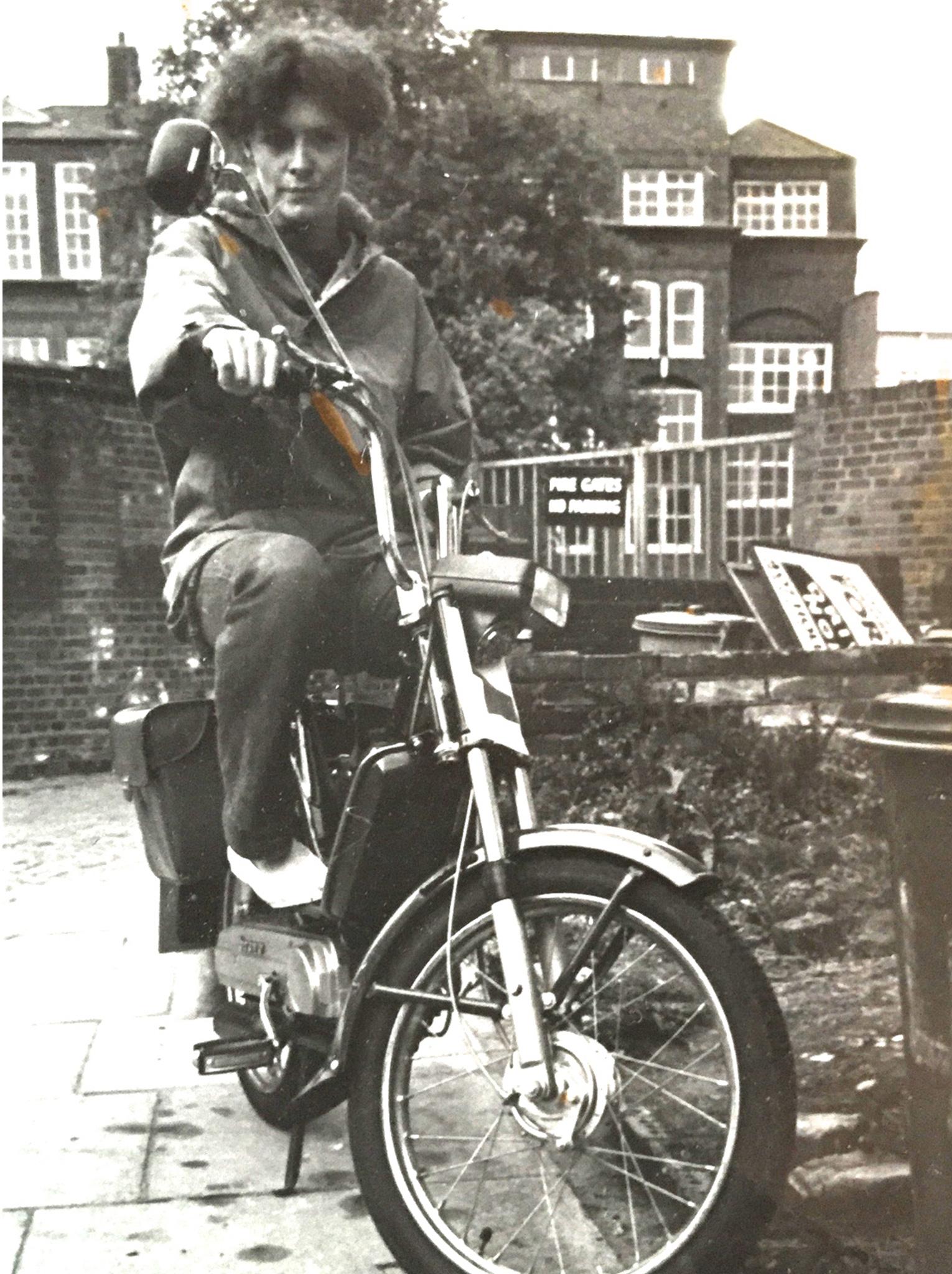
In 1989, WiP commissioned a survey that gathered data on pay in the industry. They found that women outnumbered men two to one – except in senior positions, where they were rarely to be found. The resulting report they named: Twice as Many, Half as Powerful. Another survey, back in 1995, showed that there were more than 112 men on boards of top publishers, alongside only 13 women. And what else did it find? A 24 per cent pay gap.
This week, a commemoration of their work was launched in conjunction with the British Library: “Women in Publishing: An Oral History”. The project consists of 30 interviews with past members of WiP spanning over three decades, including the likes of Baroness Gail Rebuck (chair of Penguin Random House).
The recordings muse on breaking boundaries in the so-called “gentleman’s profession”, the challenges of sexism and sexual harassment, as well as recording the history of WiP and its impact on the industry.
Jane Cholmeley, co-founder of Silver Moon Women’s Bookshop – then the largest women’s bookshop in Europe – and former Bookseller deputy editor Penny Mountain are behind the project.
The concrete ceiling
Cholmeley looks back on when WiP was first founded. “What you had at that time was a sort of demographic time bomb where many women, baby boomers just after the war, went up through uni, came out highly educated and full of aspiration – but then hit a labour market that wasn’t ready for them.
“In publishing terms, you went straight in and hit the old-boy network. Women who had graduated from Oxford with a first were asked what department they would like to be a secretary in.”
She explains that many highly motivated and aspirational women were working in publishing, but were paid less – “invisible”, as she puts it. “In one of our interviews, we had a women saying she sat in a meeting and one of the chaps said, ‘Well, the five of us round this table think...’ and she thought, ‘Well, there’s six of us.’
“Women in publishing were a gofer, not seen as someone with professional talent, skills or aspirations.”
Literary agent Jane Gregory, one of the original co-founders of WiP, puts it bluntly: “There wasn’t a glass ceiling; there was a concrete one.
“It was incredibly difficult for women to get on, and we felt that by banding together we’d have more clout.”

Gregory, who also went on to co-found the Baileys Women’s Prize for Fiction (previously the Orange Prize), remembers a standard quote for women hoping to get into publishing: “Take a secretarial course.”
Mountain also points out that, although publishing was then called “a gentleman’s profession”, it wasn’t really a profession as such. “You couldn’t train – men or women – so the fact that men were getting the better jobs was even more bizarre.
“It wasn’t like they had better qualifications than us – they just talked the talk. And traditionally, women are very bad at telling themselves how good they are.”
So, they explain, women began to meet up, to network and to agitate for positive change. They fed off the external politics of the time: the women’s liberation movement, and women in general politics, clamouring to be full citizens – not “baby-carriers”, as Mountain puts it – and wanting their voices to be heard.
“The zeitgeist of the women’s liberation movement, and the professional women in publishing, fitted together perfectly,” says Cholmeley.
“WiP were asking questions about the covert barriers facing women who wanted to progress into senior roles in the 1980s, publishing reports which showed the kind of discrimination they faced, raising their members’ consciousnesses and offering the sort of training women needed to get on,” Mountain adds.
“That’s why this [oral history] project is so important – it captures for posterity the work that WiP did, and offers a roadmap for a new generation of feminists and activists who may be looking at their own professional lives and wanting to effect change.”
‘Restricted fertility’
Before tackling disparity of pay, these women first had to smash the glass ceiling. Why weren’t women achieving the top jobs? Why was there a ceiling at all?
The WiP members identified the main issue as childcare. Men, they suggest, were very reluctant to promote women of childbearing age, and there was very little in the way of a childcare safety net or creches. A quote from their 1995 report sums it up: one man described his company as having a culture of “restricted fertility”.
Yet prejudice against young women of childbearing age, and women with children, may still be in the back of people’s minds even today, these women suggest. Because judging by the reports, it’s a problem that companies still haven’t resolved.
Grace McCrum, rights manager across Hodder & Stoughton, Headline, John Murray and Quercus, and Katie Horrocks, deputy production manager at Orion, are co-chairs of the Gender Balance Network at Hachette, set up last year to ensure balanced recruitment and progression for women.
McCrum says: “The pay gap report was really sobering, and I think a real eye-opener for a lot of people. Something that we commonly heard before our report came out was that gender imbalance wasn’t an issue in publishing: an industry that is made up of predominantly women.
“But you only need to look at the top of all major publishing houses to see that having a majority female workforce does not equate to gender equality in the boardroom. Now we have this data, it shows there are very real structural and cultural issues preventing women from progressing.”
Horrocks adds: “Although we view gender pay gap reports as only showing a basic level of data, our own figures have been incredibly useful in kickstarting conversations that needed to start a long time ago.”
McCrum explains that she is aware of “the sad reality that there is no quick-fix or single solution”.
“But as a creative industry that is predominantly women, we should be pioneering new ideas. It is our responsibility to lead the way in gender equality in the workplace, and people should be looking to us as innovators. At the moment, it feels a lot more like the industry is playing catch-up, and we have a lot to do if we want to change this.”
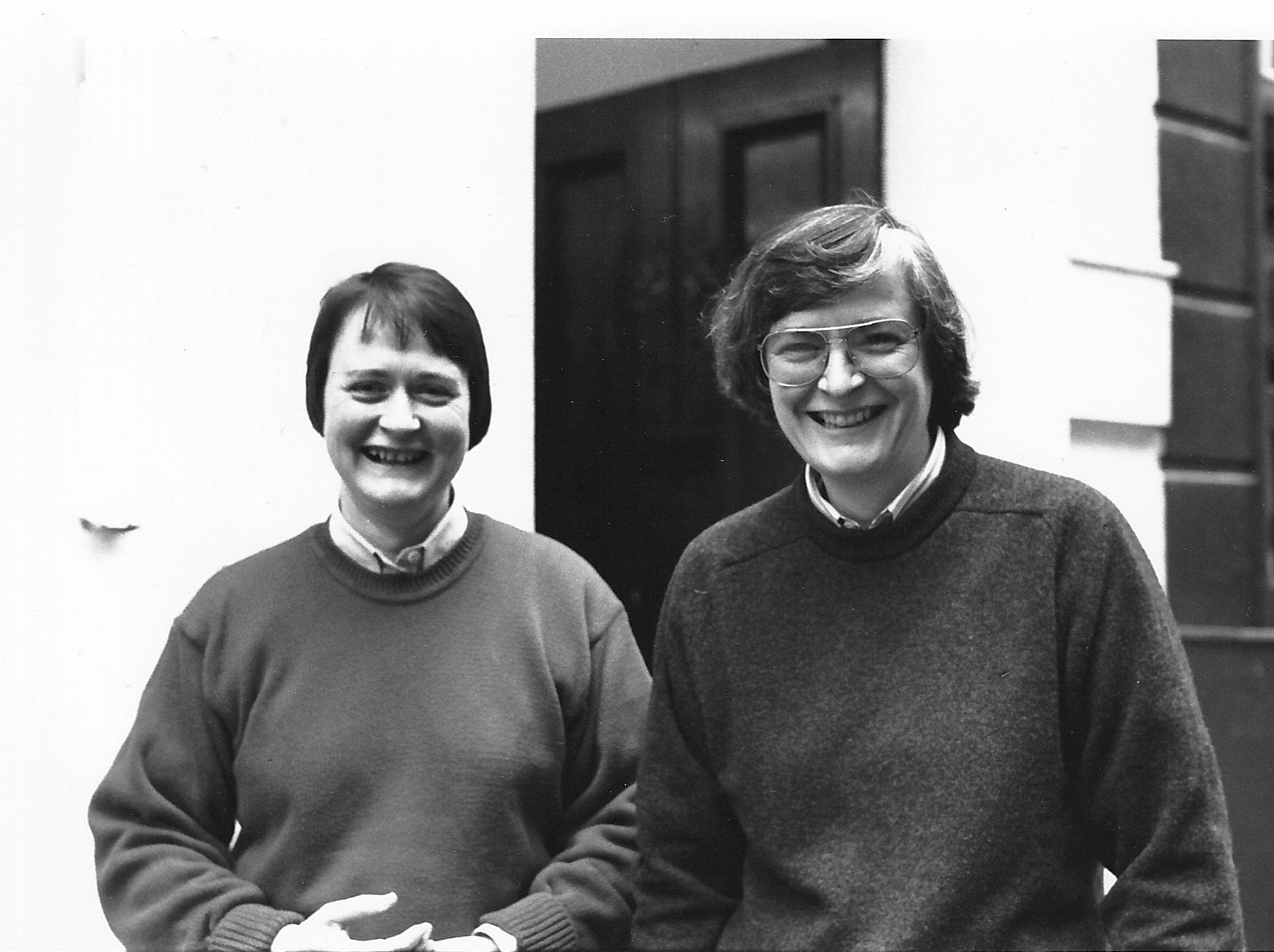
Full circle?
Sarah O’Reilly, the interviewer and organiser of the project, writes for the British Library blog, says: “Almost 40 years after WiP was founded, the government has been drawing together its conclusions as to why men dominate in terms of pay and power. Which prompts the question: if the gender pay gap reveals disparities in the jobs men and women do, and the way in which men and women are promoted, to what extent have women managed to shake off the stereotypes that were holding them back in 1979?”
O’Reilly says she believes things have come full circle, following a number of female CEOs in upper echelons of the industry – Baroness Rebuck, Victoria Barnsley in HarperCollins and Dame Helen Fraser at Penguin, to name a few. “There was a sense that women had truly broken that glass ceiling, and looking around we had women in positions of power.
“They have all now been replaced by men. It’s an interesting question as to why that’s happening.”
There are two strands of thought as to why women aren’t being promoted, she says. Firstly, they don’t want it; they’re in middle management and that’s where they’re happy, because of other caring responsibilities such as ageing parents or children.
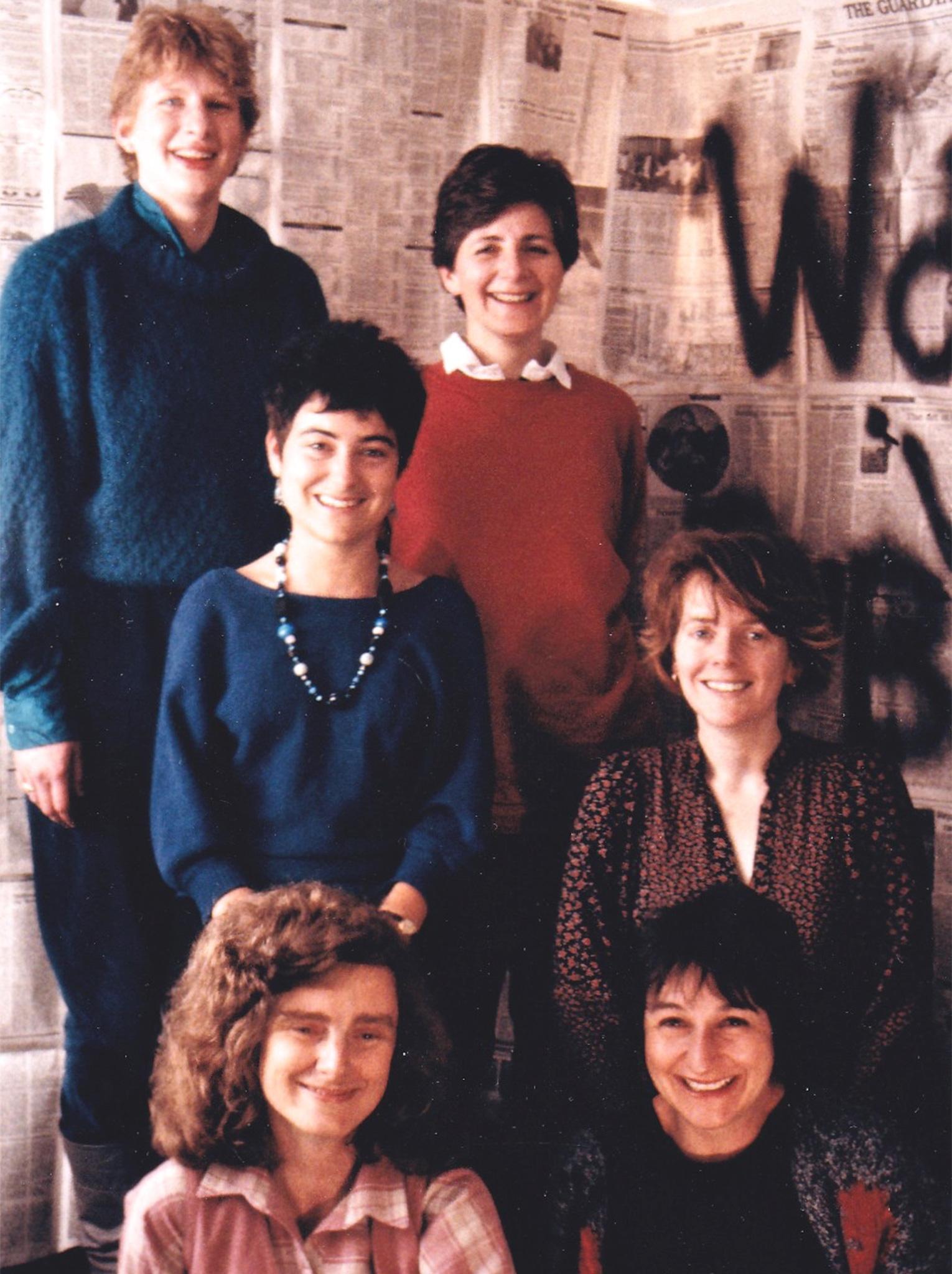
“The other school of thought, that I’m very sympathetic to, is that women just aren’t being promoted because assumptions are being made that they don’t want it, especially if they have children; that they just don’t have that extra ambition.”
According to Mountain, Baroness Gail Rebuck (chair of Penguin Random House), made an interesting observation: “In times of economic instability, promotion practices revert.” Basically, Mountain explains, companies now want a safe pair of hands, “and those hands are seen as male”.
“I would suspect that one of the reasons why women are held back is the same old question of male boards. This may be the case of the waterfall principle: men promoting in their own image. If you have a male board, it’s difficult for a woman to be promoted onto the board. They feel safer together.”
The trouble is, says Gregory, is that women who have children will by default take a career break. “If you’re a man joining by the age of 35, you’ve got 12 years of experience and good chance to go on the board. If you’re a woman, you’re behind him by having a few years out.”
But, she stresses, this shouldn’t be seen as a negative. “It doesn’t work against you now – there are so many women in publishing with children. The companies I know are very helpful towards people having children. Here, all the directors have children. They’re very flexible.”
Huge strides
The benefits generated by WiP’s relentless activity are still reaped by women today – in publishing and beyond. Gregory, Mountain, Cholmeley and O’Reilly all talk of Macmillan, of Penguin, where women’s salaries are now outstripping those of men. For example, the median pay gap Macmillan reported was 34 per cent – in favour of women.
Gregory admits that not as much has been achieved as she would like, “but there have been absolutely huge strides, and let’s not forget them”.
“Women are in all areas of publishing, whereas in those days they were in secretarial, publicity. Now all the big meaty jobs are available for women.”
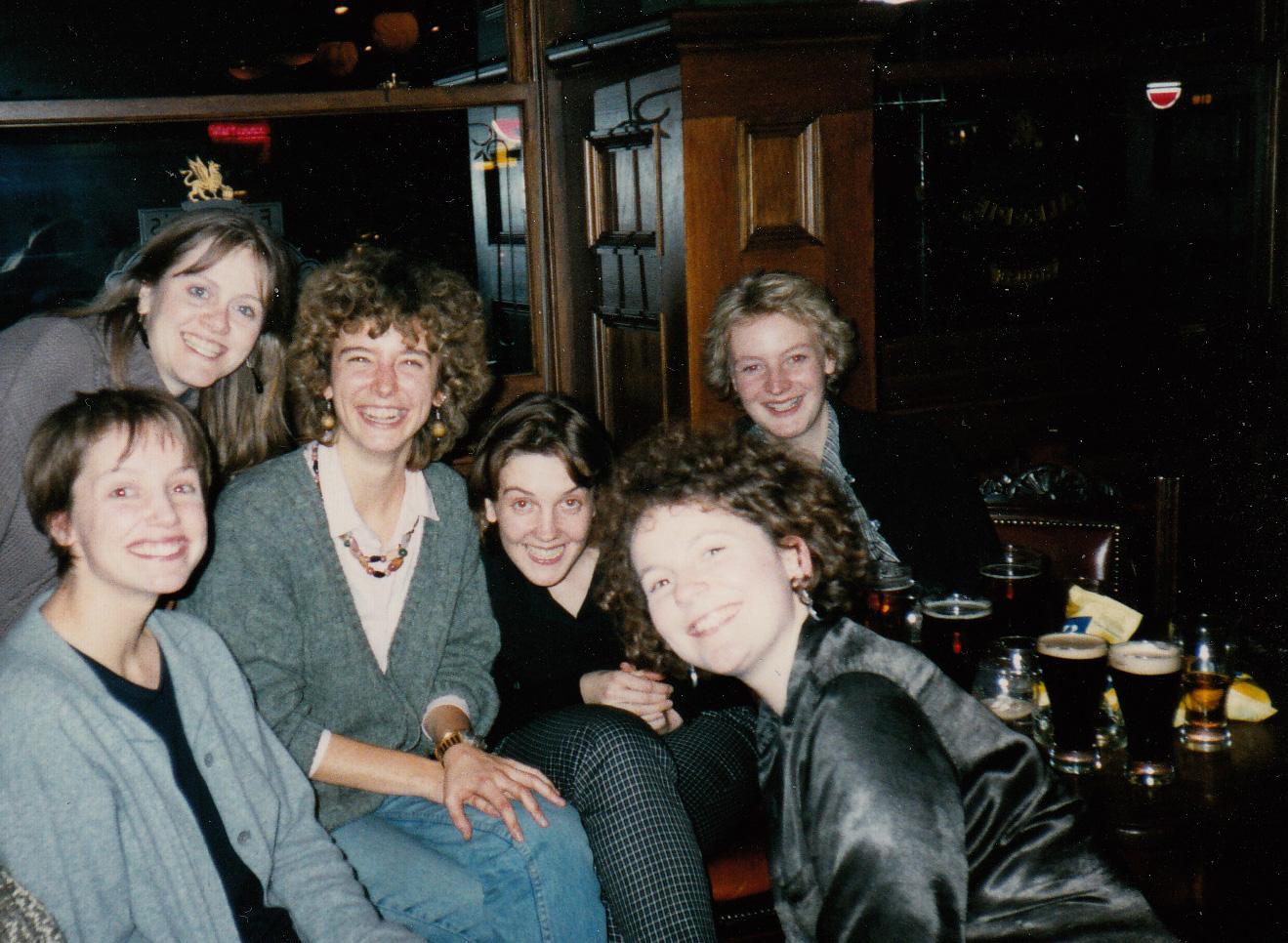
Mountain believes that achievement, not just in publishing but elsewhere, is down to women’s confidence in challenging inequality. “If you felt that you had been treated unfairly, I doubt you would nothing about it [today]. Younger women’s expectations now are much greater. So I think that second wave of feminism, and certainly a lot of the work achieved by WiP, set a new standard for women to be able to question and to push.”
Cholmeley believes that without the efforts of organisations such as WiP, this week’s gender pay gap reveal would not have happened.
“The government has actually picked up, only 30 years too late, what a small feminist publishing pressure group was arguing about. So although it’s very frustrating that some of the results are as bad as they were 30 years ago, the fact that it’s now the government saying it is encouraging.”
But Mountain suggests that women in publishing have to become active again, as a networking group. “The door is open now for them to do something about it. It would be nice to think it was our efforts that did so.”
Women in Publishing: An Oral History (in partnership with the British Library) is now accessible at womeninpublishinghistory.org.uk
*Gender pay gap data (median and mean) based on data reported by The Bookseller
Join our commenting forum
Join thought-provoking conversations, follow other Independent readers and see their replies
0Comments